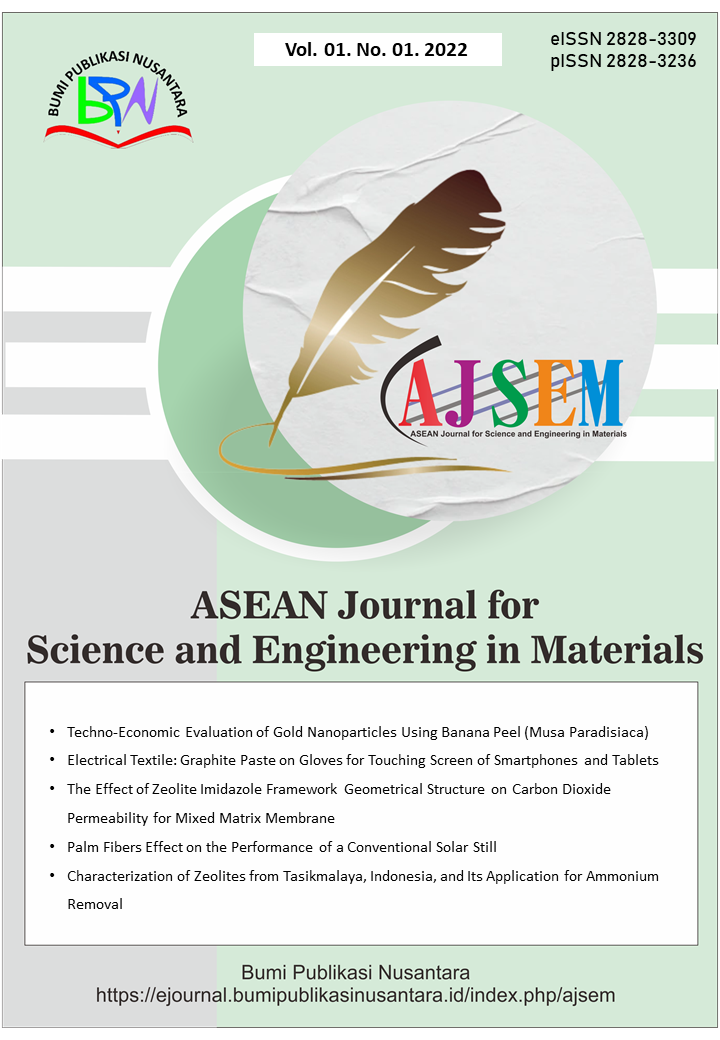Analysis of Bed Temperature on Circulated Fluidized Bed Boiler Using Simple Multivariable Regression
 ), Teguh Kurniawan(2), Hafid Alwan(3), Yazid Bindar(4), Anton Irawan(5),
), Teguh Kurniawan(2), Hafid Alwan(3), Yazid Bindar(4), Anton Irawan(5),
(1) Universitas Sultan Ageng Tirtayasa
(2) Universitas Sultan Ageng Tirtayasa
(3) Universitas Sultan Ageng Tirtayasa
(4) Institut Teknologi Bandung
(5) Universitas Sultan Ageng Tirtayasa
 Corresponding Author
Corresponding Author
Abstract
A Circulated Fluidized Bed (CFB) boiler is a type of steam boiler with more complex phenomena of fluidization and combustion occurring in the furnace. One of the operating problems is the temperature bed which is difficult to predict. Bed temperature prediction is important as a reference to know the combustion process and heat transfer along the furnace. The purpose of this study is multivariable data analysis to predict bed temperature based on historical data. The amount of historical data is then prepared for the dataset and passes through the stages of data cleansing, visualization, exploration, and engineering judgment. The parameters selected as control variables after going through the first principal analysis are 5 parameters, namely gross power, coal feed (X1), primary air (PA) flow (X2), secondary air (SA) flow (X3), and average bed temperature (y). The dataset is then divided based on the load into 2 groups a low load of 20.03-30.00 MW and a high load of 30.01-54.41 MW. Each parameter is converted to the natural logarithm (ln) then multivariable regression is performed. The result is a low load model equation with Root Mean Square Error (RMSE) = 23.2813 and a high load model equation with RMSE = 4.8416. This model can be used to predict the average bed temperature at certain input conditions of coal feed, PA flow, and SA flow according to operating load. Prospects for bed temperature prediction with this multivariable can be developed using data-based machine learning so that the operating patterns obtained are more accurate and real-time forecast prediction.
Keywords
References
Blaszczuk, A., and Jagodzik, S. (2021). Investigation of heat transfer in a large-scale external heat exchanger with horizontal smooth tube bundle. Energies, 14(17), 5553.
Grochowalski, J., Jachymek, P., Andrzejczyk, M., Klajny, M., Widuch, A., Morkisz, P., and Adamczyk, W. (2021). Towards application of machine learning algorithms for prediction temperature distribution within CFB boiler based on specified operating conditions. Energy, 237, 121538.
Hamid, A., Hasan, A. H., Azhari, S. N., Harun, Z., and Putra, Z. A. (2022). Hybrid modelling for remote process monitoring and optimisation. Digital Chemical Engineering, 4, 100044.
Hong, F., Long, D., Chen, J., and Gao, M. (2020). Modeling for the bed temperature 2D-interval prediction of CFB boilers based on long-short term memory network. Energy, 194, 116733.
Hu, X., Niu, P., Wang, J., and Zhang, X. (2020). Multi-objective prediction of coal-fired boiler with a deep hybrid neural networks. Atmospheric Pollution Research, 11(7), 1084-1090.
Koornneef, J., Junginger, M., and Faaij, A. (2007). Development of fluidized bed combustion—An overview of trends, performance and cost. Progress in Energy and Combustion Science, 33(1), 19-55.
Krzywanski, J., and Nowak, W. (2012). Modeling of heat transfer coefficient in the furnace of CFB boilers by artificial neural network approach. International Journal of Heat and Mass Transfer, 55(15-16), 4246-4253.
Lv, Y., Hong, F., Yang, T., Fang, F., and Liu, J. (2017). A dynamic model for the bed temperature prediction of circulating fluidized bed boilers based on least squares support vector machine with real operational data. Energy, 124, 284-294.
Pulido-Arcas, J. A., Pérez-Fargallo, A., and Rubio-Bellido, C. (2016). Multivariable regression analysis to assess energy consumption and CO2 emissions in the early stages of offices design in Chile. Energy and Buildings, 133, 738-753.
Sun, L., Li, D., and Lee, K. Y. (2015). Enhanced decentralized PI control for fluidized bed combustor via advanced disturbance observer. Control Engineering Practice, 42, 128-139.
Tunckaya, Y., and Koklukaya, E. (2015). Comparative prediction analysis of 600 MWe coal-fired power plant production rate using statistical and neural-based models. Journal of the Energy Institute, 88(1), 11-18.
Zhou, H., Cen, K., and Fan, J. (2004). Modeling and optimization of the NOx emission characteristics of a tangentially fired boiler with artificial neural networks. Energy, 29(1), 167-183.
Zhu, H., Shen, J., Lee, K. Y., and Sun, L. (2020). Multi-model based predictive sliding mode control for bed temperature regulation in circulating fluidized bed boiler. Control Engineering Practice, 101, 104484.
Article Metrics
Abstract View : 872 times
: 872 times Download : 722 times
Download : 722 times
Refbacks
- There are currently no refbacks.
Copyright (c) 2023 Bumi Publikasi Nusantara

This work is licensed under a Creative Commons Attribution-ShareAlike 4.0 International License.









